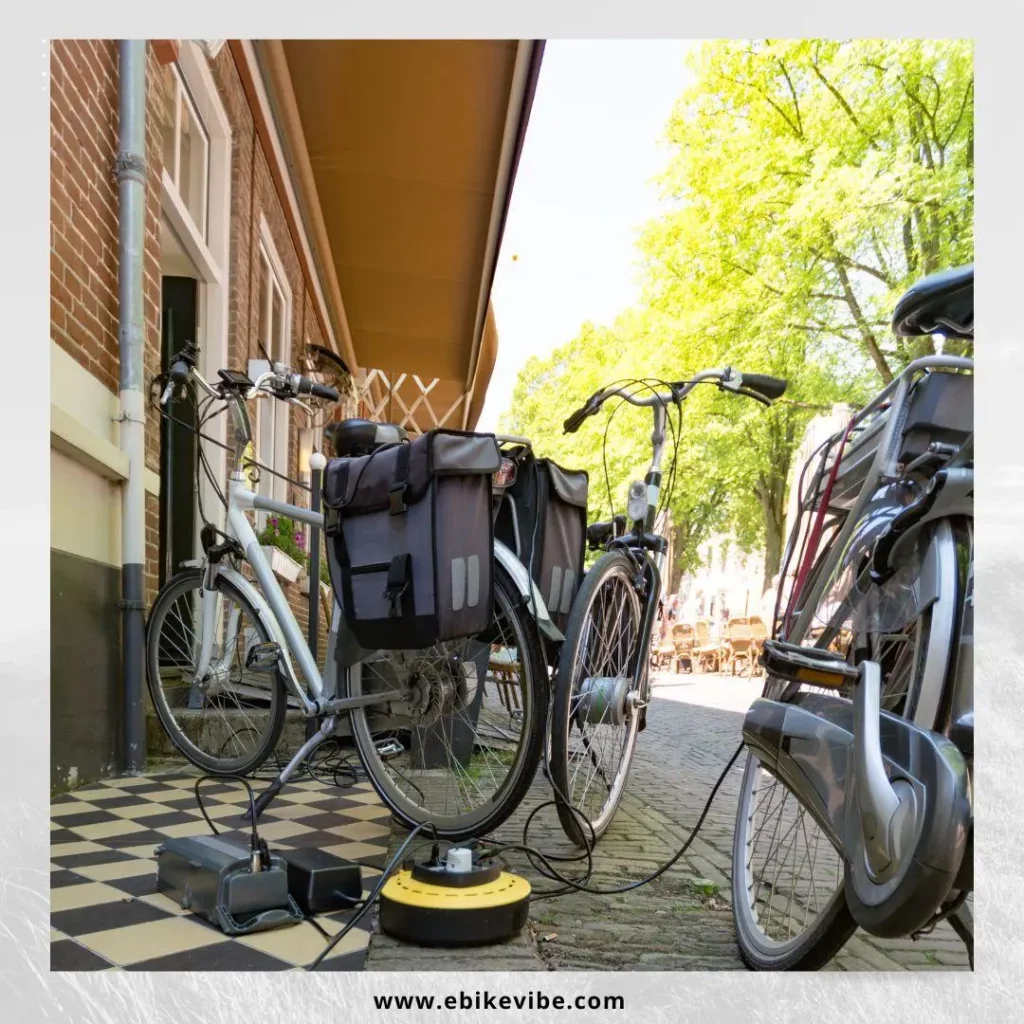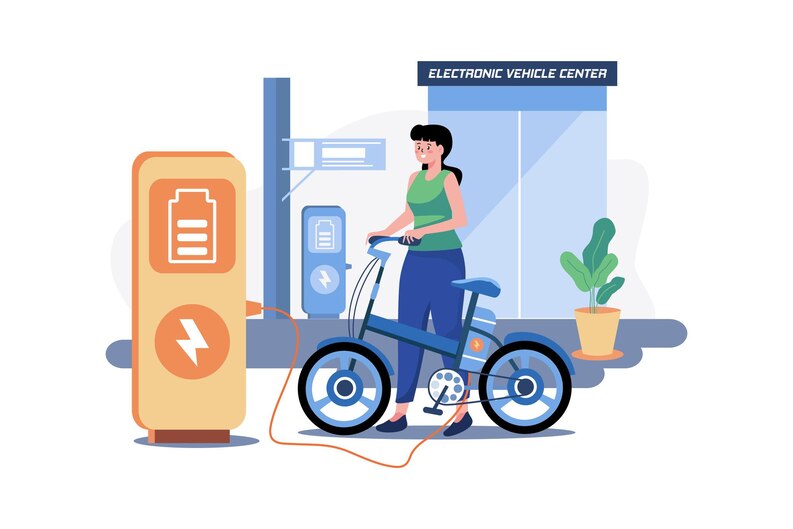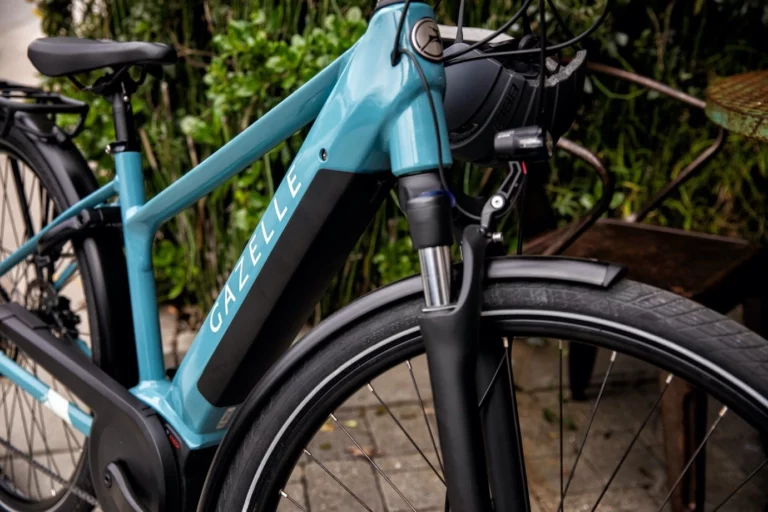How to Recharge Your Electric Bike at Home?
Are you wondering how to recharge your electric bike at home? Well, no more hunting for charging stations or worrying about running out of power. You can easily enjoy your rides with the simple knowledge of how to recharge your e-bike battery at home. Whether you’re a new e-bike user or an old one, this guide will unveil the secrets to keeping your ride fully charged, so you can confidently hit the streets. Let’s delve in deeper to understand it.
How long does an electric bike take to charge at home?
A completely depleted battery will require approximately 3.5 to 6 hours to reach its full capacity. However, the charging time will be even shorter if your battery isn’t fully drained. So, whether you’re starting from empty or need a quick top-up, get ready to recharge your electric bike at home.
Steps to charge an electric battery
Before we begin, it’s important to remember that different e-bike models may have their unique charging requirements. To guarantee the best results and preserve the longevity of your beloved ride, take a moment to consult your bike’s manual for specific charging instructions.
Following the recommended guidelines ensure a great charging experience that keeps your e-bike running smoothly. Let’s explore the simple steps to achieving that ideal charge for your electric bike!

1. Detaching the Battery for Charging
If your electric bike has a detachable battery, it’s important to detach it before charging. Avoid tugging or pulling the battery forcefully. Make sure it is completely detached before connecting it to the charger provided with your e-bike.
2. Pay Attention to Charging Indicators
Most e-bike chargers come with indicator lights that signal when the battery is fully charged. Keep an eye on these lights to ensure you don’t overcharge your battery.
3. Protect Your Battery from Extreme Heat
It’s essential to shield it from extreme temperatures to preserve your battery’s lifespan and performance. Store the battery pack in a cool environment, away from direct sunlight and excessive heat, especially while charging.
4. Avoid Overcharging
While you don’t need to constantly monitor the charging process, it’s important not to let the battery charge for extended periods. Overcharging can be harmful and negatively impact the battery’s overall performance. The repeated cycle of discharging and charging during overcharging can accelerate the battery’s deterioration over time.
Charging your Battery from an Electrical Outlet
Charging your electric bike battery from a standard electrical outlet is a convenient and easy process. Once you have detached the battery from your electric bike, you can connect it to the provided charging cable. The charging cable typically has a plug that can be inserted into a standard wall outlet.
After plugging in the charger, you can leave it to charge for the recommended duration specified by the manufacturer. It is important to follow the manufacturer’s guidelines and not overcharge the battery. Many electric bike chargers have indicator lights that signal when the battery is fully charged.
Once the battery is fully charged, you can disconnect it from the charger and reattach it to your electric bike for your next ride.
How do you Charge Your Ebike When You’re Not at Home?
1. Charging Stations: A Convenient Solution
Charging stations for electric bikes offer a practical solution for bicycle tourists and urban commuters. Although their number and availability still need improvement, their significance should not be underestimated. These stations play a vital role in ensuring uninterrupted cycling experiences.
Charging stations provide an ideal location for recharging your electric bike battery. They offer sufficient power to quickly replenish your battery’s charge. On average, it takes approximately 1 hour and 20 minutes to achieve a 60% charge, allowing you to get back on the road swiftly.
To make the most of charging stations, it is advisable to plan your cycling routes ahead of time, considering the presence of these facilities.
2. Various Terminal Types
Charging terminals come in different forms. Some are designed as racks where you can securely place your removable battery. Others feature plugs that allow you to connect your bike using a cable. In the latter case, it is essential to carry the cable with you.
This arrangement enables you to charge your battery while keeping your bike safe with a lock or anti-theft device. Terminals can be found on the street, in bike shelters, or in parking lots, ensuring convenient access for users.

3. Alternative Charging Options
If charging stations are not readily available, there are alternative methods to recharge your electric bike battery. Electric bike stores often offer charging services, providing a reliable option for riders. Moreover, electric car charging stations can be utilized, but it is important to exercise caution and ensure the correct charging cord is used to avoid any damage to the battery.
4. Carry an Extra Battery
For situations where finding a charging facility is challenging, carrying an additional electric bike battery can be highly beneficial. This option proves especially handy for riders with e-Bike motion drive systems that allow for an extra battery. The additional compact battery can be conveniently stored in a bottle cage. You can easily connect it to the main battery, effectively doubling your range.







